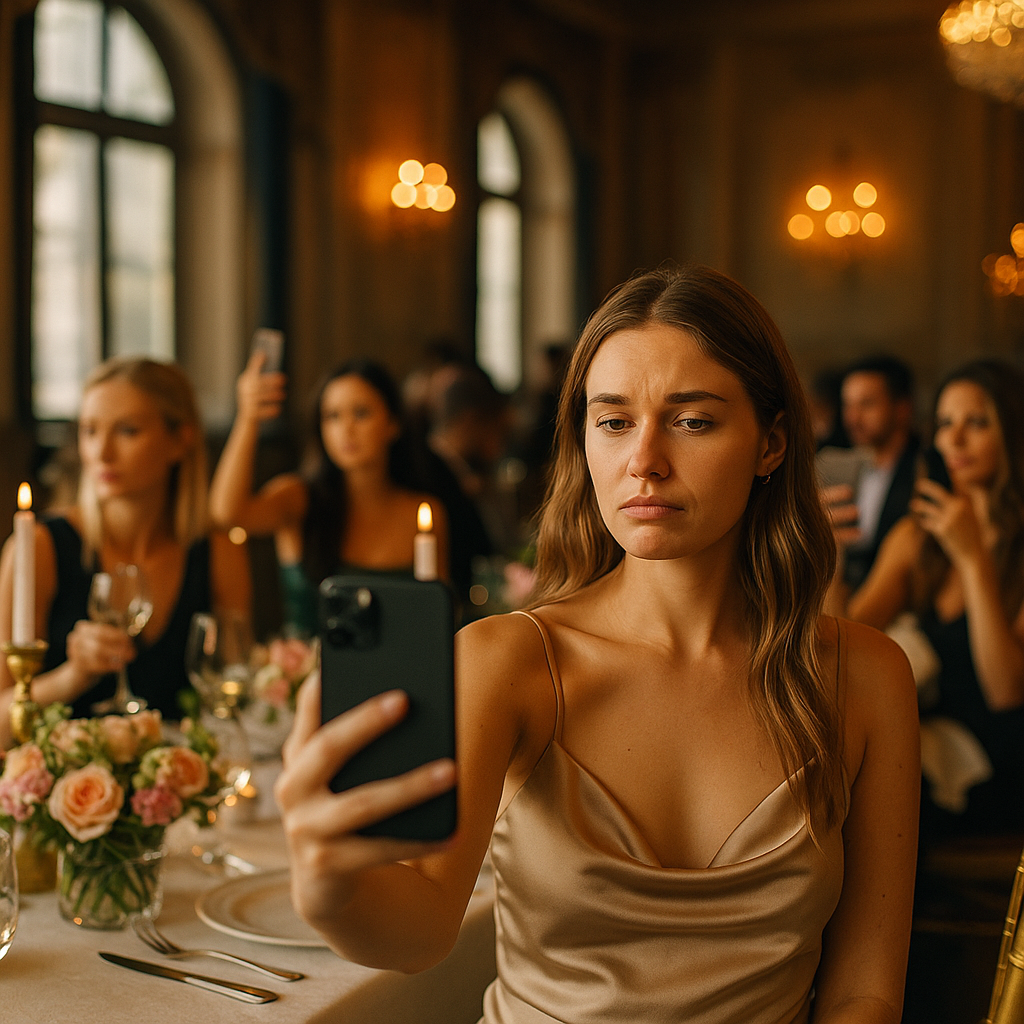A high-budget influencer event can promise significant returns, but what happens when it generates zero social media impact? Understanding where efforts fell short can help brands recalibrate their strategies and investments. In this post-mortem, we dissect why even lavish influencer campaigns might flop online — and how your future events can avoid the same fate.
High-Budget Influencer Events: Understanding the Modern Landscape
When organizing a high-budget influencer event, brands anticipate viral buzz and a surge of user engagement. The modern landscape, however, is saturated. According to Statista’s 2025 marketing trends, influencer campaigns comprise over 35% of digital marketing budgets globally. Despite these investments, not every event reaches its goals. The gap between spending and outcomes demands a closer look at industry standards, audience behavior, and necessary metrics to track. Understanding these factors is crucial for effective return on investment (ROI).
Zero Social Media Impact: Analyzing the Warning Signs
Zero social media impact is more common than many realize. Brands often miss early warning signs:
- Lack of pre-event buzz: If influencers and attendees aren’t discussing the event beforehand, it’s unlikely to gain momentum during or after.
- Poor hashtag planning: Without branded hashtags, event activities are hard to aggregate or trend.
- Neglecting content guidelines: Influencers unaligned on messaging create disjointed or uninspiring posts.
- Low attendee enthusiasm: If invitees are disengaged or mismatched with your brand, their shares will feel forced or inauthentic.
Spotting these red flags early in the planning phase enables brands to pivot before execution.
Event Execution: Where High-Budget Campaigns Frequently Fail
While the intent behind lavish spending is to create memorable moments, brands sometimes focus on the wrong aspects:
- Overemphasis on aesthetics: Extravagant decor and venues matter less than shareable experiences or interactive elements.
- Poor influencer selection: Inviting high-follower personalities with little relevance to your product results in forced or off-brand posts.
- Lack of exclusivity: When events feel generic or accessible to anyone, the magic of influencer marketing dissipates.
- Ignoring the follower journey: The event must engage attendees but also make it easy and desirable for them to share updates in real time.
A recent survey by HubSpot (2025) reports that less than 40% of brands provide on-the-ground support, such as content booths or branded video opportunities, reducing the likelihood of organic shares.
Influencer Alignment: Ensuring Genuine Brand Advocacy
True influence thrives on authenticity. When influencers feel aligned and passionate, audiences respond. However, many high-budget campaigns overlook this:
- Brands may prioritize follower count over niche alignment or prior engagement rates.
- Attendees offered rigid posting schedules or overly branded content guidelines often post with minimal enthusiasm.
- Lack of two-way communication with influencers can lead to misunderstandings about event goals or target audience.
Engagement rates in 2025 reveal that nano- and micro-influencers (under 50K followers) drive 40% higher engagement than celebrity influencers when partnership is authentic. Therefore, careful influencer vetting and collaboration are essential for positive social outcomes.
Measuring Results: Metrics Beyond Vanity Numbers
Focusing solely on likes or views can obscure the real impact of an event. Brands should shift toward measurable outcomes aligned with business goals:
- Engagement quality: Analyze meaningful comments, shares, and post saves instead of mere impressions.
- User-generated content: How much unique, unsponsored buzz did attendees create?
- Brand sentiment analysis: Use social listening tools to gauge tone and customer perception following the event.
- Influencer loyalty: Did influencers continue engaging with the brand after the event ended?
Robust social analytics help brands understand where campaigns underperformed, informing smarter allocation of future resources.
Lessons Learned: Strategies for Future Influencer Success
The takeaways from a high-budget influencer event with zero social media impact are clear. Brands should:
- Co-create with influencers: Give them creative freedom within brand guidelines for content that feels natural and engaging.
- Foster exclusivity and shareability: Plan moments designed specifically for social sharing, such as interactive installations or surprise announcements.
- Set actionable goals: Define KPIs beyond vanity metrics before launching the campaign.
- Practice post-campaign outreach: Maintain relationships with influencers and track long-term audience response.
Adhering to these tactics, brands can transform event investments into genuine digital buzz and audience growth.
Frequently Asked Questions (FAQs)
- Why might a high-budget influencer event have zero social media impact?
Common causes include poor influencer selection, lack of content planning, unengaged attendees, and missing or poorly executed digital strategies. Even large budgets can’t guarantee organic buzz without proper alignment between brand, influencer, and audience. - What are early signs an event may flop online?
No pre-event discussion, confusion over branded hashtags, and disengaged or mismatched influencers often signal a lackluster social outcome. - How can brands improve influencer event ROI?
Collaborate with influencers on content, focus on authentic relationships over mere reach, foster real-time shareable moments, and measure meaningful engagement versus vanity metrics. - Is follower count the most important influencer metric?
No. Engagement rate, niche relevance, and past brand alignment are more reliable predictors of campaign success than sheer follower numbers in 2025. - What metrics should brands prioritize after an event?
Brands should track engagement quality, original user-generated content, sentiment analysis, and ongoing influencer advocacy, rather than just likes or impressions.
In summary, a high-budget influencer event without social media impact reveals the necessity for strategic planning, genuine partnerships, and holistic measurement. Prioritize authentic alignment and audience engagement to ensure your next influencer campaign delivers lasting results beyond the event itself.
